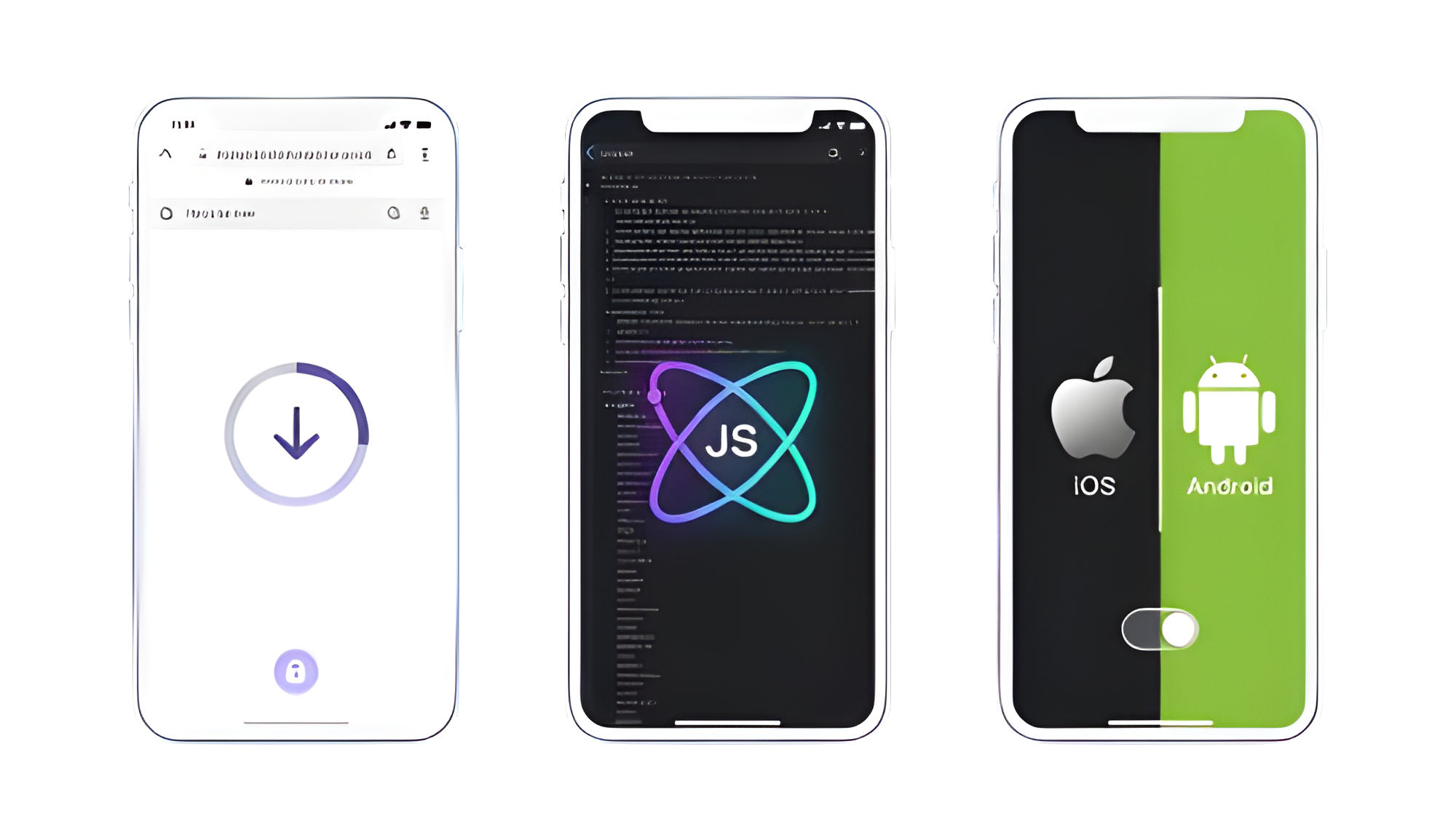When clients approach us at RA Development about creating a mobile app, one of the first questions they ask is: “What kind of app should we build?” The answer depends on your specific needs, but understanding your options can save you significant time and money.
Already Have a Website? You’re Halfway There
If your business already has a functional website, you might be closer to having a mobile app than you think. Progressive Web Apps (PWAs) allow you to transform your existing website into an app-like experience without building something entirely from scratch.
What is a Progressive Web App?
A PWA is essentially your website enhanced with mobile app capabilities. Users can install it on their phones, and it behaves like a native app with an icon on the home screen, offline functionality, and push notifications.
The advantages:
- Convert your existing website relatively easily
- One codebase serves both web and mobile users
- No app store approvals required
- Lower development costs
- Instant updates without user downloads
When a PWA makes sense:
- You have a well-functioning website
- Your app doesn’t require intensive device features
- You want to test the market before bigger investments
- Budget constraints exist
- Your audience primarily consumes content
When You Need More: The React Native Solution
For businesses requiring true mobile app functionality, React Native with Expo offers an excellent balance between cost and capability.
React Native with Expo: The Sweet Spot
React Native lets us build genuine native apps for both iOS and Android using a single codebase. These aren’t hybrid or web wrapper apps, they’re real native applications that perform like platform-specific builds.
Key benefits:
- One development cycle for both platforms
- Faster and more cost-effective than separate native apps
- Access to most device features
- Strong performance for typical business applications
- Large ecosystem of components
- Easier maintenance and updates
Real Example: Vhod Expert
Our Vhod Expert Condominium Management App shows React Native’s capabilities. This application handles real-time notifications for residents and property managers, manages complex workflows, and provides a smooth professional interface across both platforms. The UI requirements didn’t demand 3D graphics or intensive rendering, making React Native ideal. The result is a robust app that serves its community effectively within reasonable budget and timeline.
When React Native fits:
- You need real mobile apps on both platforms
- Standard device features are sufficient (camera, notifications, location, storage)
- Performance matters but you’re not building games or specialized tools
- Faster development is valuable
- Budget is a consideration without compromising quality
- Modern professional UI without complex 3D rendering
When to Go Fully Native
There are scenarios where building separate native apps for iOS (Swift) and Android (Kotlin) becomes necessary, though these are exceptions.
Real Example: BlitzWay Navigation
Our BlitzWay Navigation App required fully native development because of 3D map tiles and terrain rendering, real-time navigation calculations, highly optimized 3D UI, direct low-level device access, and maximum performance for safety-critical functionality. For applications involving 3D navigation, advanced gaming, AR/VR, or compute-intensive processing, native development is essential.
When fully native is necessary:
- Complex 3D graphics and rendering
- Highly specialized hardware integration
- Performance-critical applications where milliseconds matter
- Apps pushing device capability limits
- Platform features unavailable through cross-platform frameworks
Making the Right Choice
Here’s a practical framework:
Start with PWA:
- Existing website available
- Testing market demand
- Primarily content-driven
- Tight budget
Choose React Native:
- Real mobile app needed on both platforms
- Standard business application requirements
- Best balance of quality, cost, and speed
- Building booking systems, social platforms, management tools, e-commerce, or communication apps
Go fully native:
- Intensive 3D graphics or complex rendering and UI required
- Performance absolutely critical
- Need cutting-edge features immediately upon release
- Budget supports separate development teams
Our Recommendation
We typically recommend React Native for most business applications. It provides native performance and user experience while keeping development efficient. You can transition specific components to fully native code later if needed, so you’re not locked in.
The bottom line: Unless you’re building, something really advanced, React Native with Expo will serve your business excellently.
Let’s Talk About Your App
Not sure which approach is right for your project? At RA Development, we assess your requirements, budget, and timeline to recommend the best solution for your business.
Ready to turn your app idea into reality?
